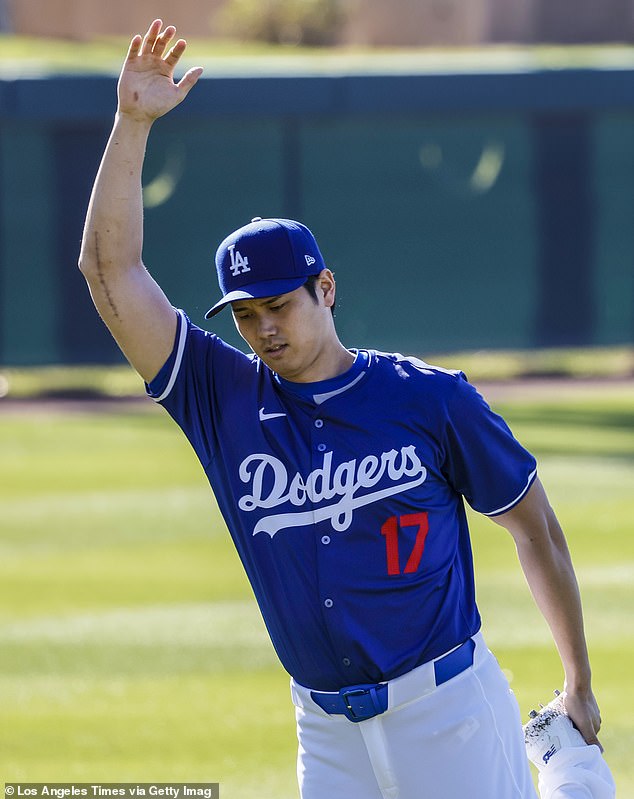A thick scar runs down Shohei Ohtani’s right arm. There is also more evidence left under the skin.
“I’d like you to say, ‘This looks like a normal ligament…”‘ says Dr. Neal ElAttrache, the surgeon trusted to reattach Ohtani and many of the sport’s biggest stars. “Just a little thicker.”
That’s the legacy of two surgeries over five years aimed at rebuilding the elbow of baseball’s most prized asset. The hope for both doctor and patient? That scar will fade and, over time, the only sign will only be visible through MRI.
In December, a few months after that second round of surgery, the Los Angeles Dodgers gave Ohtani a $700 million contract, the richest contract in sports history. It was a nine-figure vote of confidence in ElAttrache and a procedure that, over the past five decades, has saved billions of dollars and thousands of careers.
Ohtani is not scheduled to pitch in a game again until 2025 after tearing his ulnar collateral ligament for the second time. The Dodgers are betting on the two-way star to rediscover the level that made him a two-time MVP. A risky bet? Well, Ohtani already did it once. And so have many others.
Shohei Ohtani’s right arm has a scar after his second Tommy John surgery
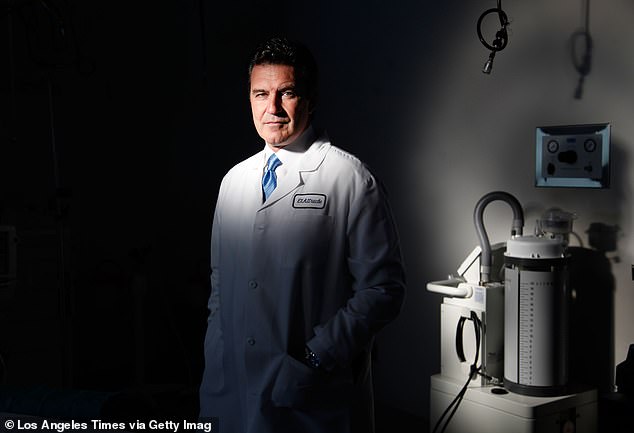
Dr. Neal ElAttrache, the sport’s most famous surgeon, has operated on the $700 million star twice.
According to the Kerlan-Jobe Institute, more than 90 percent of pitchers return to their best level after undergoing Tommy John surgery, the groundbreaking procedure Frank Jobe pioneered 50 years ago. In simple terms, surgeons reconstruct the UCL by grafting a replacement tendon, usually from the forearm or hamstring. And, according to ElAttrache, it is “the most impactful, most important and most successful reconstructive procedure in sports.”
In fact, the operation has developed such a mythology that many coaches and parents have considered putting players under the knife, even before they injure their elbow.
‘Tommy John is king. “I don’t think there’s any procedure we do that’s as important in sports as this one,” ElAttrache says. And yet, disaster looms, as baseball battles a crisis on the mound.
“The numbers are pretty staggering,” says ElAttrache, the Dodgers’ head team physician. More than 30 percent of MLB pitchers have undergone Tommy John surgery at some point in their careers., including 38 in the last 13 months. The Guardians’ Shane Bieber and Atlanta star Spencer Strider are among the latter: It’s been a brutal start to the 2024 season. According to ESPN’s MLB Injury Status, around 80 pitchers are currently suffering from elbow problems.
The Astros’ Justin Verlander called the current rash of injuries a “pandemic.” ElAttrache calls it an “explosion.” And the number of players who, like Ohtani, tear the ligament again and need a second operation is also growing.
“His effort and performance are greater than before,” says the surgeon. ‘So if you can tear the ligament that God put in your elbow. You can break the one I rebuilt.
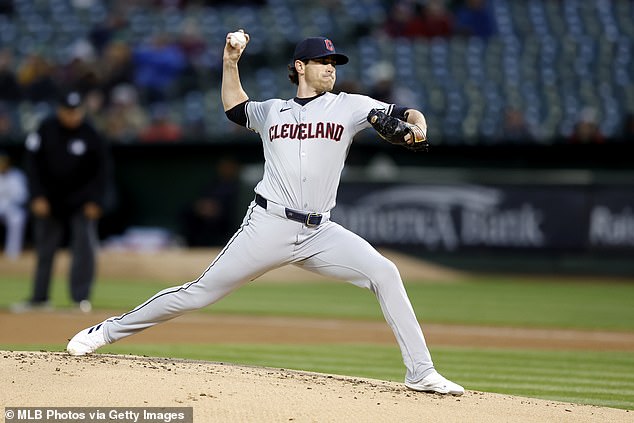
Cleveland Guardians pitcher Shane Bieber is among the latest pitchers to undergo surgery.
MLB is embroiled in a public dispute with its players association after reducing the time between pitches. Experts like ElAttrache cannot offer a simple solution. Just a warning.
“There is no doubt that we are exceeding the maximum capacity of this ligament, at an increasing rate,” says ElAttrache.
Surgeons have already had to modify the Tommy John to help pitchers cope with today’s demands. And ElAttrache fears the day will come when existing medical procedures simply “can’t keep up.”
‘I never underestimate the demands of the human body. And I try not to overestimate what I, as a human being, can do to fix it,” he says. “What can end up happening unfortunately is that this will continue… until enough of them are torn and we can’t do an operation that is good enough to get them back.”
ElAttrache honed his craft under Jobe, the man who changed sports medicine in September 1974.
“One of the most talented and beautiful surgeons I have ever seen,” he says. However, what made Jobe “far above his peers” was his “eternal pursuit of learning, research and experimentation.”
That thirst for innovation led him to an innovative procedure. For a long time, a torn UCL would end a pitcher’s career; Jobe thought his operation might have a 1 percent chance of success. But former Dodgers pitcher Tommy John returned to the mound for 14 more years.
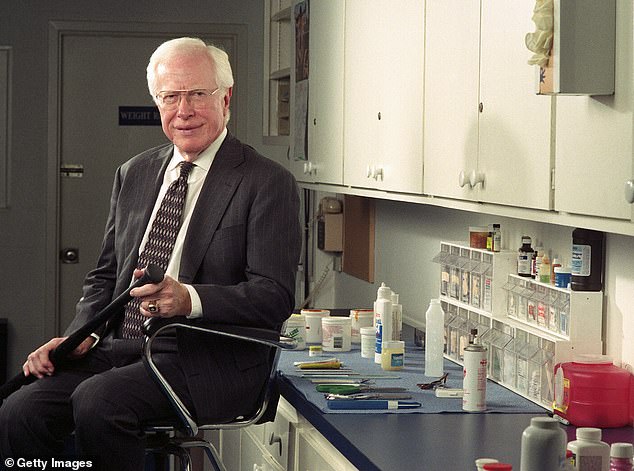
Dr. Frank Jobe first performed the innovative procedure on former Dodgers star Tommy John.
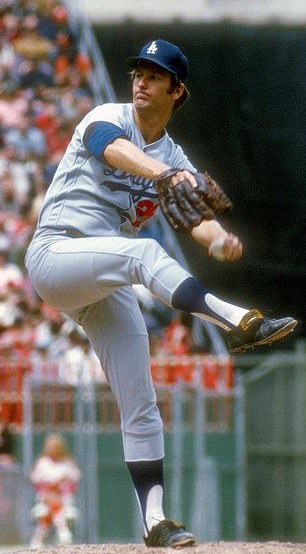
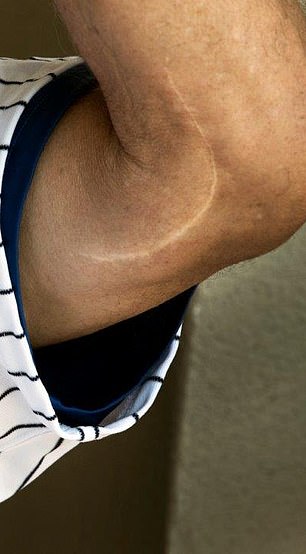
The pitcher returned to the mound for 14 more years after the operation
“One of the reasons why this arose was the appearance of multi-year contracts with large amounts of money,” explains ElAttrache. “Teams were investing more in their players.” And in baseball, many of those dollars were guaranteed.
“So if you got hurt in the first year of your contract and the team had already invested in you, they were more willing to do whatever it took to heal you.” Before that, teams simply passed on to someone else.
“Interestingly, the concept of surgery hasn’t changed much in 50 years,” says ElAttrache. But progress on the mound has given surgeons new problems to solve.
“The biggest thing is that the throwing style has changed a lot: Everyone throws the ball as hard as they can and spins it as hard as they can,” Verlander said recently.
In 1974, ElAttrache explains, the average MLB pitcher clocked around 88 miles per hour. Now there are around 94; Now every team has a player who can top 100 mph. And even small changes in speed require “enormous”, “exponentially greater” tension.
“So we had to find ways to improve the procedure,” says ElAttrache. Now, in addition to grafting a new tendon, some surgeons add an “internal brace” to provide additional support.
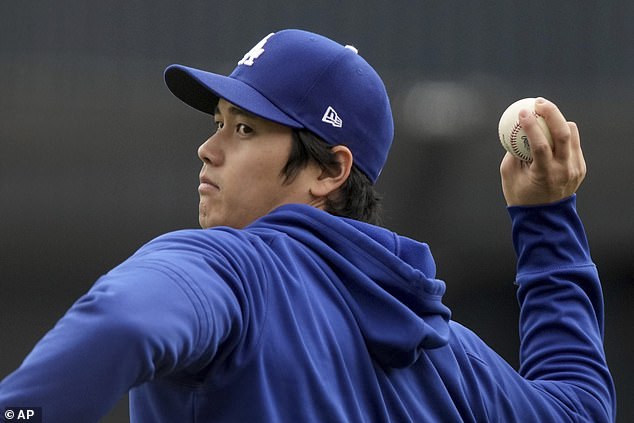
Time will tell if Ohtani’s ‘improved rebuild’ is as successful as the first one in 2018.
Time will tell if Ohtani’s ‘improved rebuild’ is as successful as his first one in 2018. ‘Before his Tommy John surgery, he was (throwing) 98 mph. In March 2023, he reached a speed of 165.5 km / h », states ElAttrache.
“Everyone was ecstatic.” She spoke of the success of his work. And yet? “I was maybe the only person on the planet who was a little worried.” The doctor sensed that the increase in speed was an “omen” of pain, and she was right. ElAttrache also knows that postoperative improvements can pose another problem. For a time, surgeons were forced to battle coaches and parents who wondered: Why wait until a pitcher is injured to have a Tommy John?
“They saw that that famous so-and-so pitcher got hurt, they operated on him and after the surgery he was able to throw the same or better,” he explains. “It’s still a common thought…if you have Tommy John surgery, you’re better than God made you.”
Reality? “That’s not the case,” says ElAttrache. Because, in the seasons leading up to a UCL breakout, pitchers’ stats often start to decline. “So they’re back to where they were before they began their disappearance.”
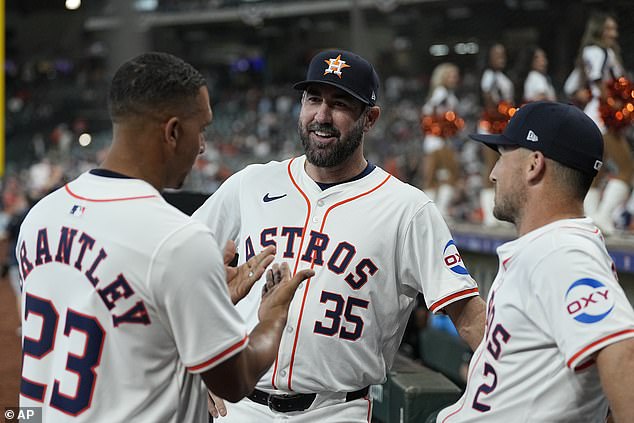
‘I don’t know how to turn back the clock,’ Justin Verlander (c) said of injury ‘pandemic’
Surgeons are busy enough right now without having to dispel myths or offer simple solutions.
“This explosion of injuries is not due to just one thing,” says ElAttrache. ‘It’s not just the time between pitches. It’s not just because they can’t wear sticky things on their fingers anymore.
It’s not just because pitchers are now trained from childhood to throw as fast or with as much spin as possible. “It’s hard to prove that any one of those things is to blame because it’s not, it’s the combination.”
Verlander agrees. “If you put it all together, everything has a little bit of influence,” he said. “I don’t know how to turn back the clock.”
If all goes well, Ohtani will release his first simulated game in late September, nearly 50 years after the first Tommy John operation.


